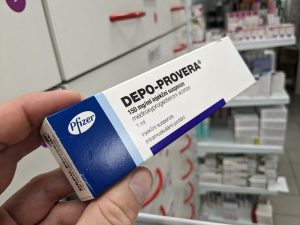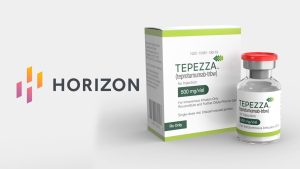Bayer announced today that after thousands of reports of injuries from women and repeated safety restrictions by regulators said Friday that it will stop selling the device in the U.S.
What is the deal with these medical devices, and what is happening with the lawsuits in these cases?
The Essure Permanent Birth Control System was to provide women with a safer, less involved (and painful) tubal ligation alternative. This medical device was triumphantly marketed as the “[only] FDA-approved permanent form of birth control with a procedure that can be performed in an office setting without general anesthesia.” Unfortunately for the 750,000 women who have used this system since the Food & Drug Administration (FDA) approved it in 2002, both new scientific research and anecdotal evidence suggest that Essure has caused substantial injuries to thousands of patients, motivating calls among consumer advocates for the drug’s recall and spurring legal action.
This page was written many moons ago (2018 actually) but we do provide a 2023 Essure litigation update at the bottom of this page.
How Essure Works and Why the System Appeals to Women
The Essure system consists of two flexible coils that are inserted into the Fallopian tubes to produce permanent sterilization. Both patients and doctors have liked Essure, at least conceptually, because the system offers a less-invasive solution than tubal ligation and other birth control surgeries, ostensibly with shorter healing time and fewer side effects. Premarket studies tracked women’s pregnancies before and after Essure implantation, leading Bayer to assert that the device is 99.83 percent effective at preventing pregnancy and that “mild to moderate pain” and “spotting” are the most common side effects.















